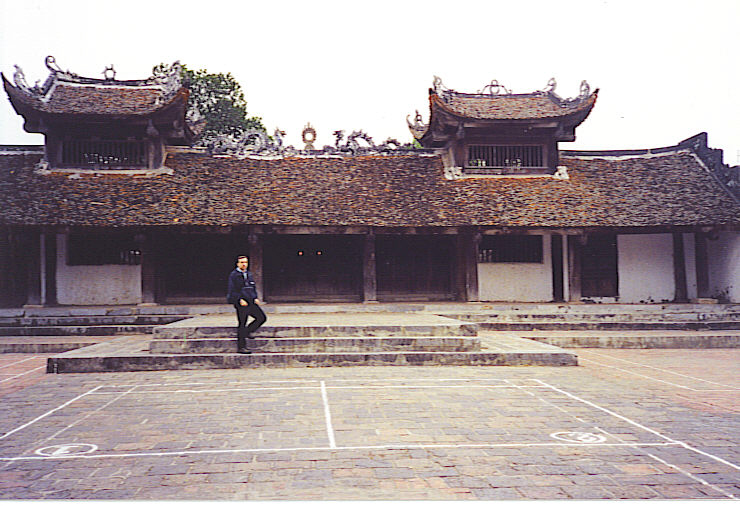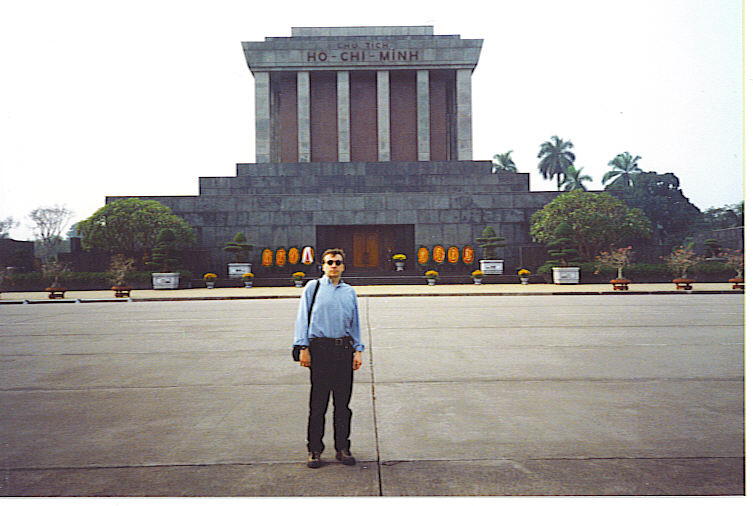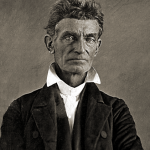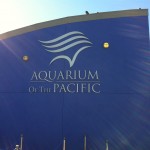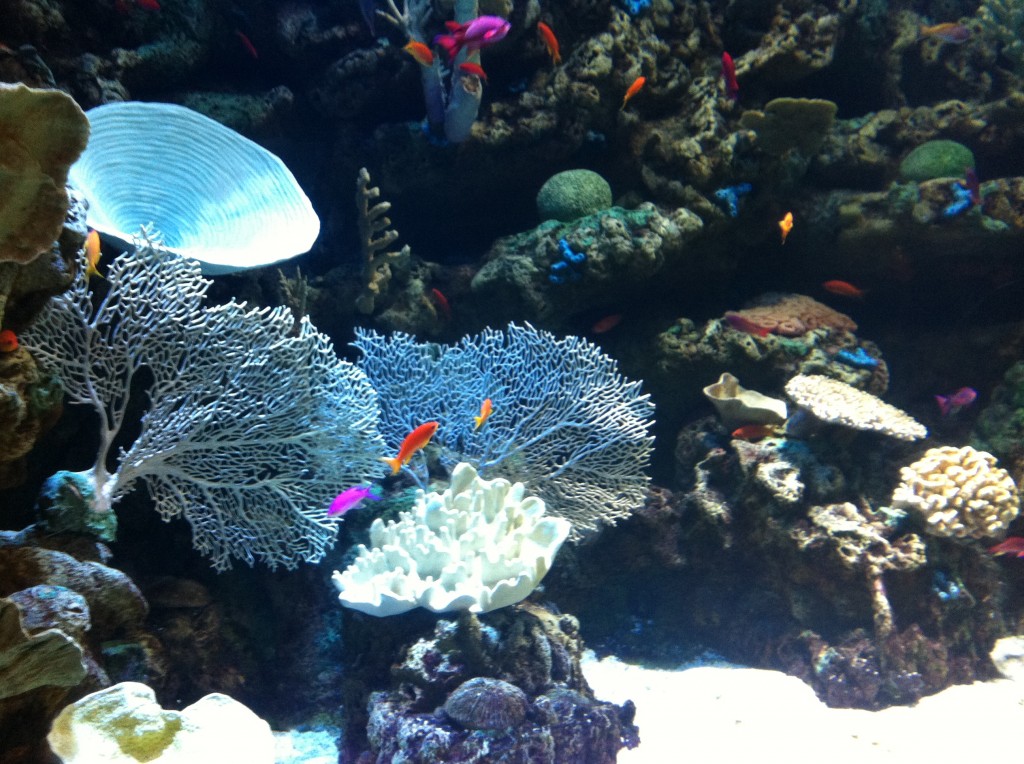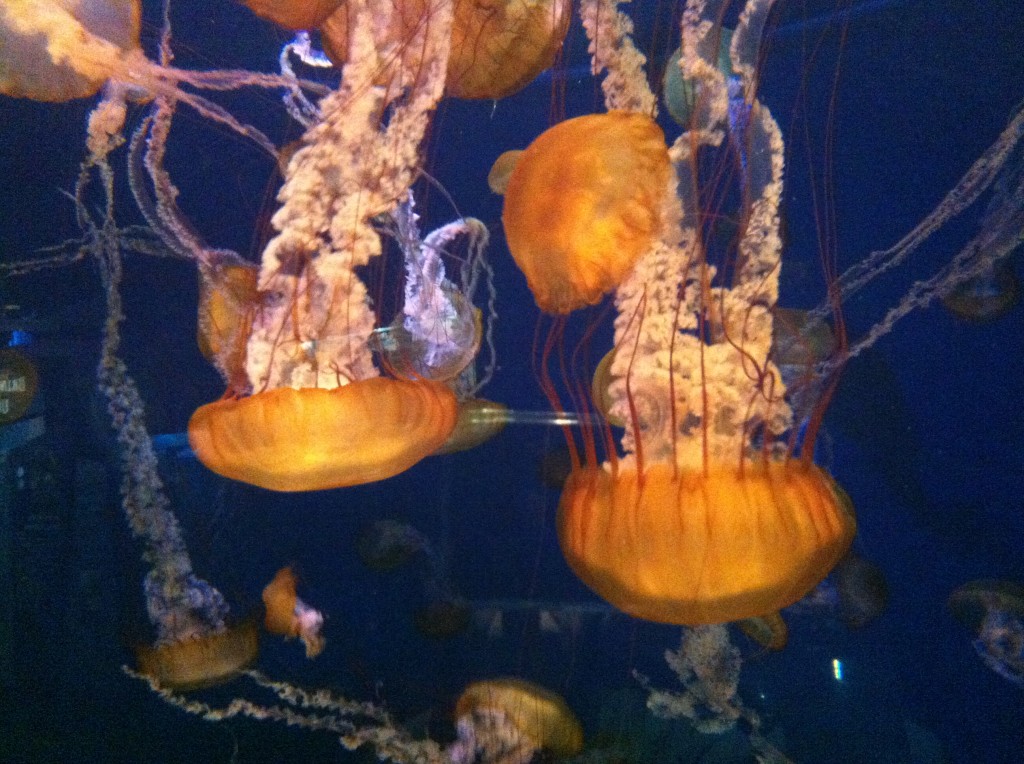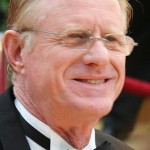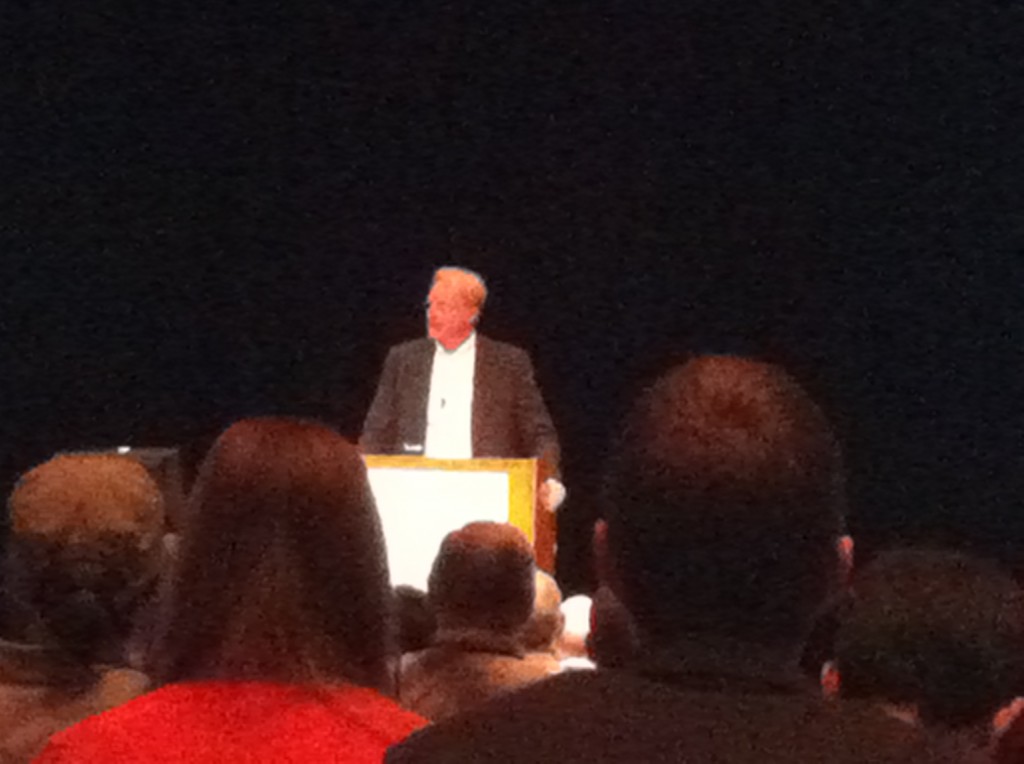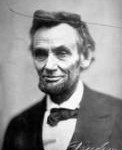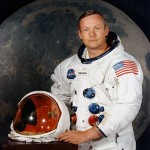When you think of a place to go bird watching – specifically to see peregrine falcons – you most likely would not have been thinking of a trip to the Tate Modern museum in London. But here I was strolling along the Thames River when I spotted, well, spotting scopes, the cross between binoculars and telescopes used by avid birders seeking distant raptors. Drawn to the small group earnestly gazing at the tower that rises above the world famous museum of modern art, I soon found myself also drawn into the world of the Royal Society for the Protection of Birds (RSPB).
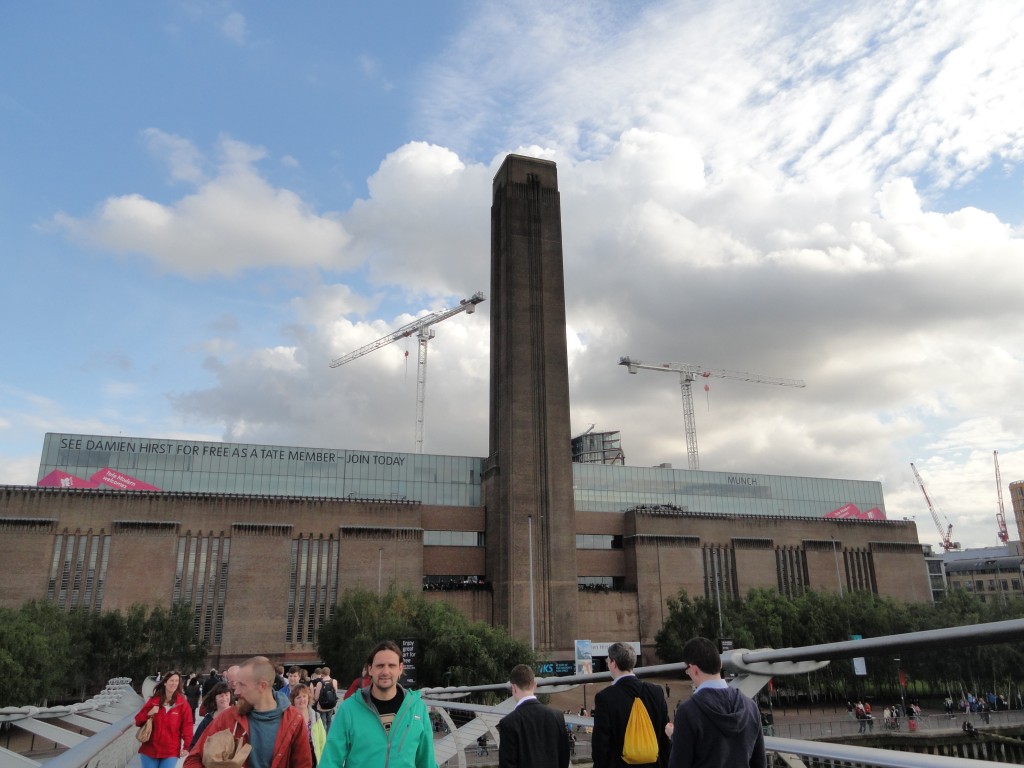
Based in the United Kingdom but working worldwide, the RSPB is a non-profit group whose work “is driven by a passionate belief that we all have a responsibility to protect birds and the environment.” With over a million members and 18,000 volunteers donating their time, the RSPB has grown into an effective and far-reaching force.
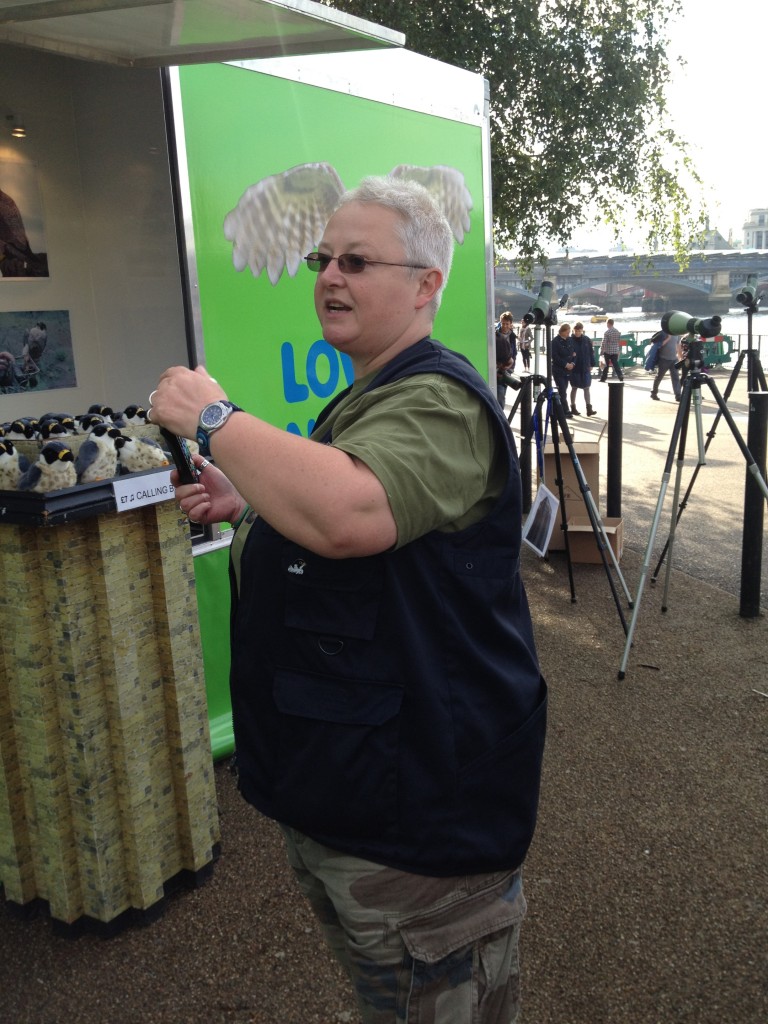
One of those volunteers is Carol Rawlings, who graciously spent time telling me about peregrines as we searched for the pair who make the top of the Tate tower their home, along with their single offspring. Named Misty and Houdini, they join more than a dozen breeding pairs of peregrine falcons soaring above London’s skyline. The birds perch on the high buildings and then upon spotting potential prey – usually other medium-sized birds – the peregrine goes into a steep dive, called a stoop, at speeds of over 200 miles per hour. Usually the prey doesn’t stand much of a chance.
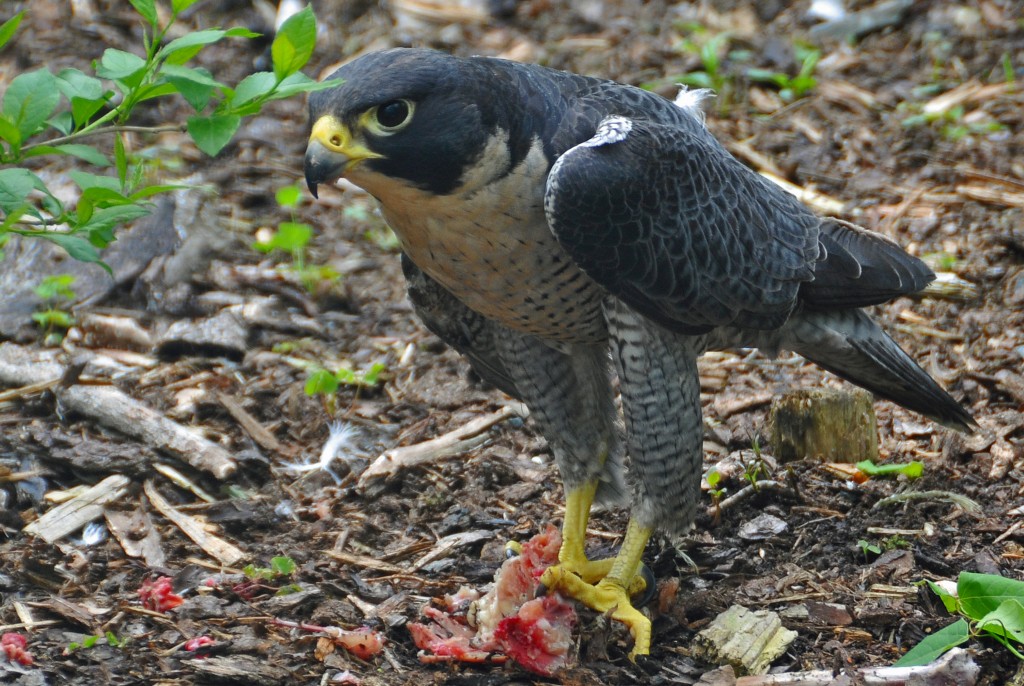
But peregrine falcons in London are not the only focus of the RSPB, as Carol explained to me over lunch during her recent trip to Washington DC.
One current project is working with fishermen to reduce or eliminate the death of albatross from longline fishing. These huge birds with wingspans up to 12 feet spend most of their time at sea. They catch fish and squid by diving near the surface, which puts them at severe risk from the up to 80-mile long squid-baited fishing lines containing thousands of hooks being dragged behind fishing vessels. According to the RSPB, around 100,000 albatrosses are drowned every year after getting caught on these longline hooks. This is the main reason that 18 of the 22 albatross species are now threatened with extinction. A short film highlights the problem.
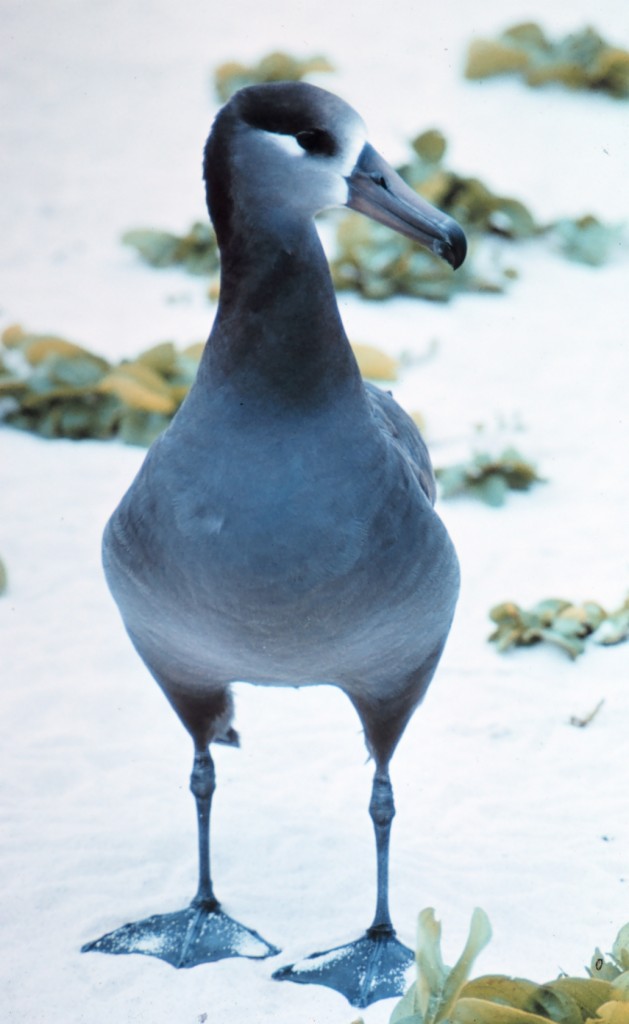
The RSPB has collaborated with fishermen and engineers in the design of a hook cover that effectively eliminates 80% of the albatross deaths from longlines in pilot programs. The next step is to get funding to provide these devices to all fishermen.
So what about Sumatran tigers…aren’t they a bit far-afield for a UK based charitable organization? Actually, no. The RSPB partners with other bird and wildlife protection organizations around the world. One such partnership has employed a unique strategy to help save the rainforests of Sumatra, part of the nation of Indonesia.
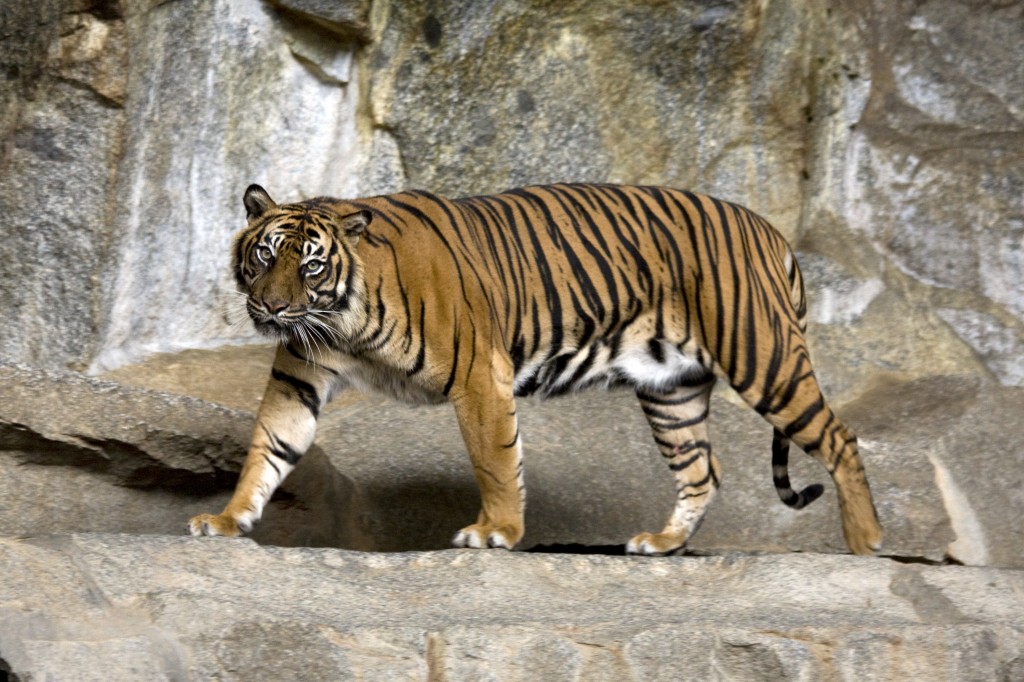
The Sumatran tiger is rare subspecies that is critically endangered. The main reason – logging of its shrinking rainforest habitat. To combat this loss, the RSPB and its partners bought the logging rights to thousands hectares of rainforest in the Harapan region of Sumatra. They also got the laws changed to allow them to restore the forest – previously the law required the logging rights owners to log the property. The project is a big one and will be ongoing for many years. Check here for more background and a video explaining the efforts to save the tigers and birds of Sumatra.
A stroll along the Thames has turned into a renewed appreciation for the natural world, both within the urban environs of London and Washington DC and the almost anachronistic beauty of far-flung locations such as Sumatra. As Carol and I chatted over lunch it seemed appropriate that we both have visits to the Galapagos Islands at the top of our travel lists. I’m looking forward to writing more about RSPB and their work internationally, and am already planning a series of articles for national and international magazines to highlight their work.
More travel stories and photographs can be found on my travel page or by searching on the keyword “travel” at the top of the page.
[Note: The photos of the peregrine falcon, albatross and Sumatran tiger all are from Wikimedia Commons.]
Like this:
Like Loading...
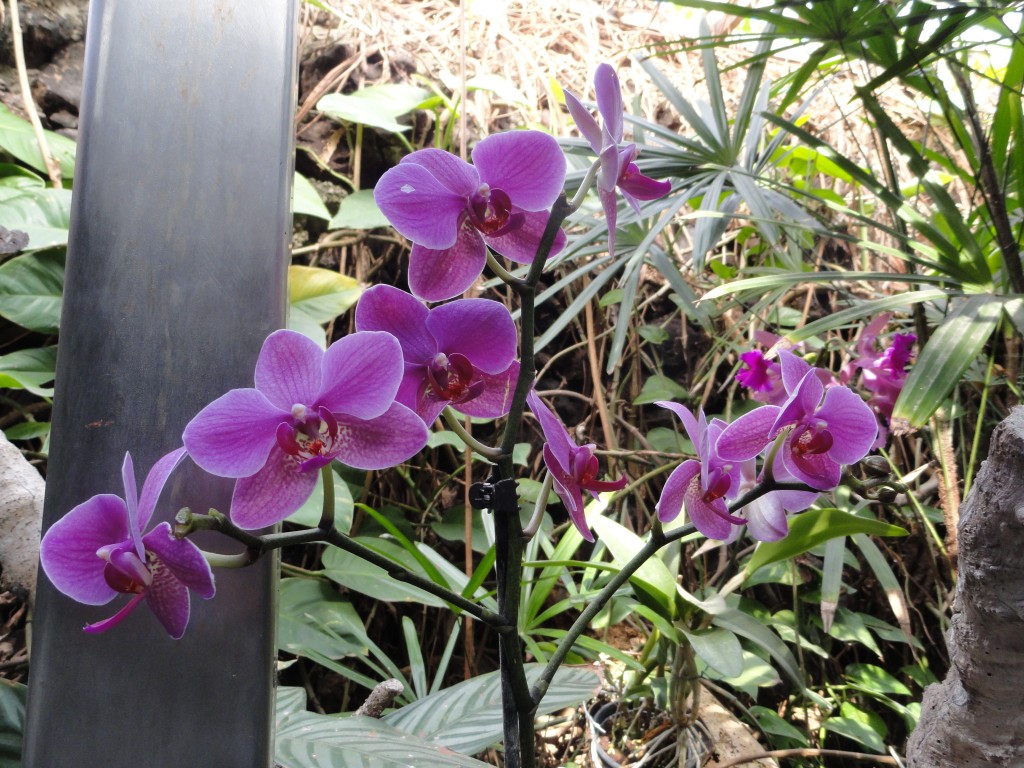

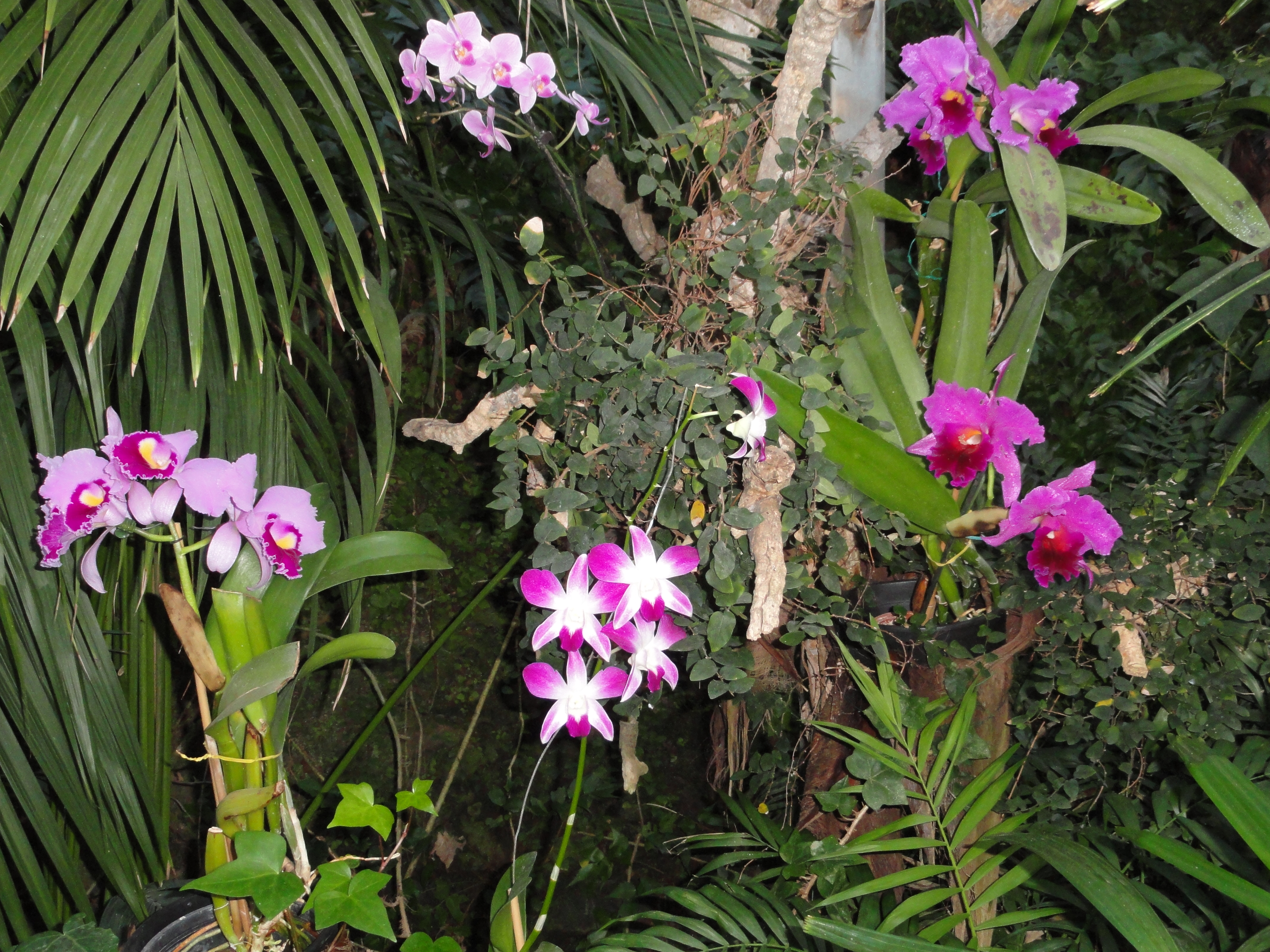





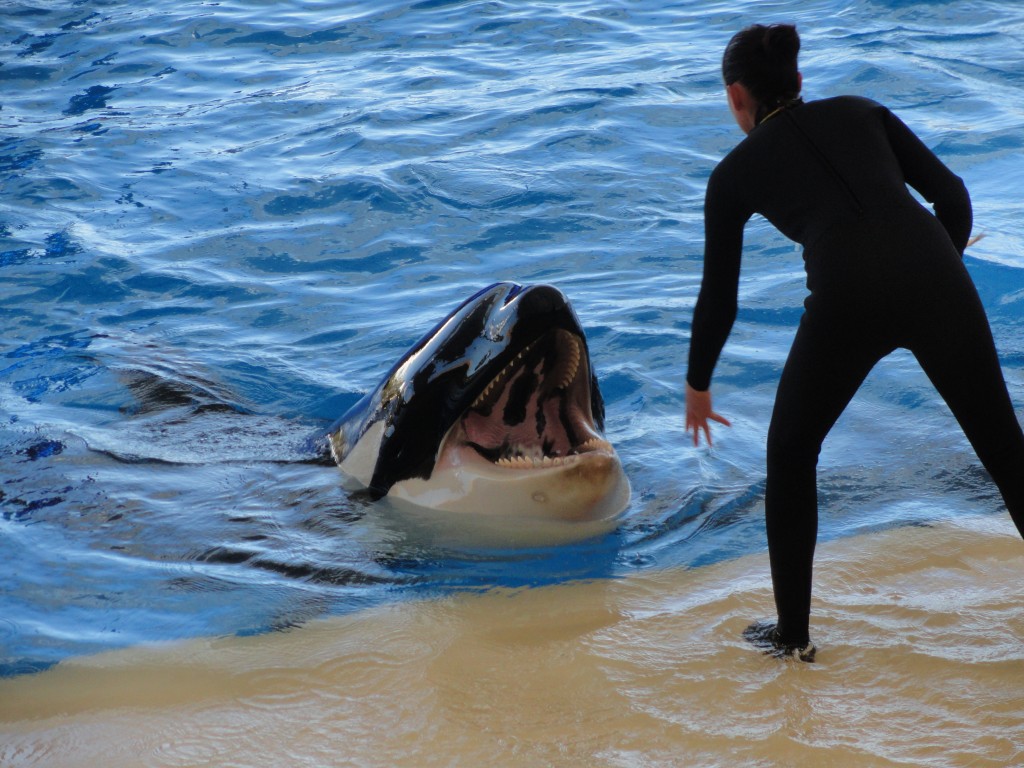



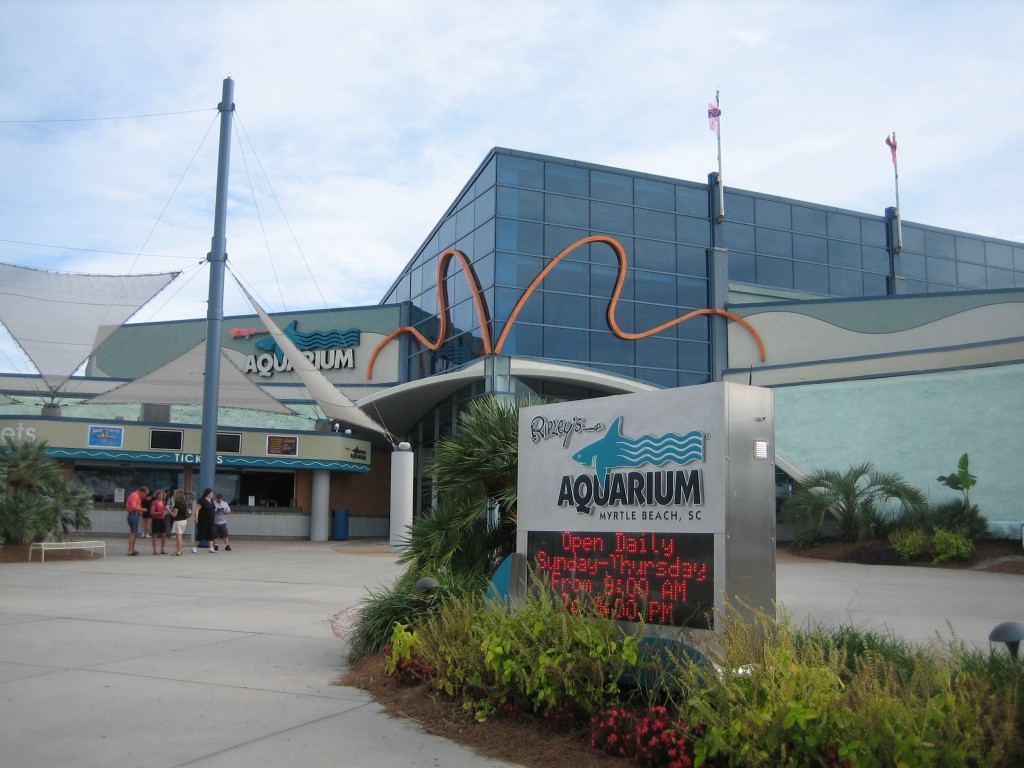
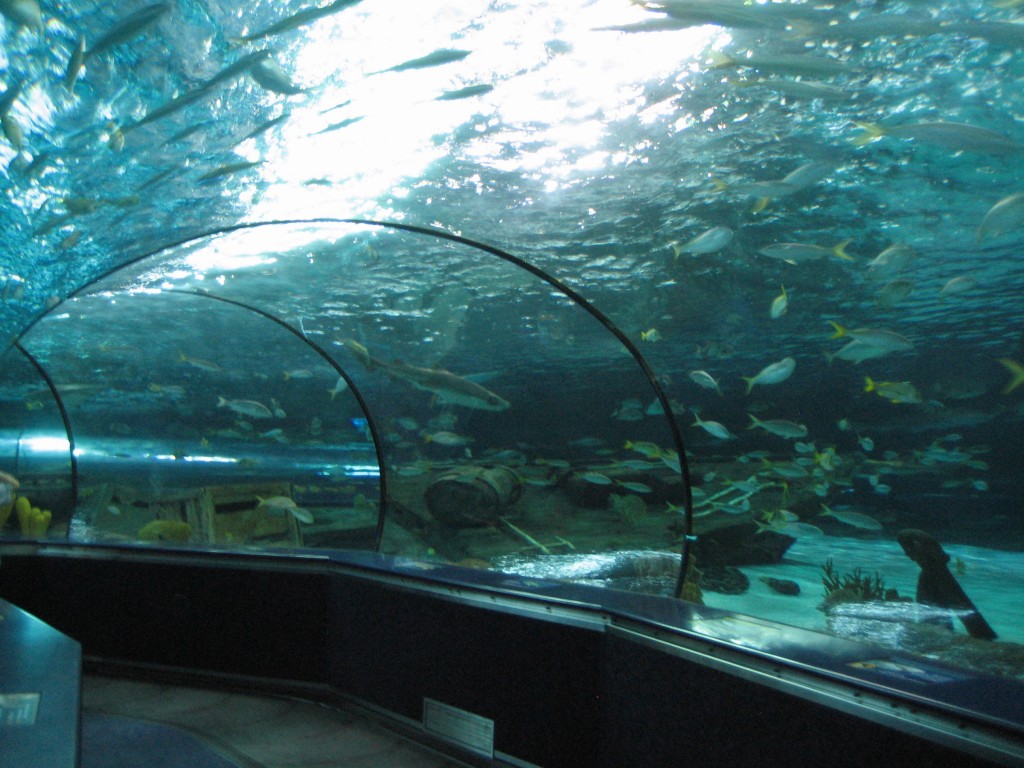
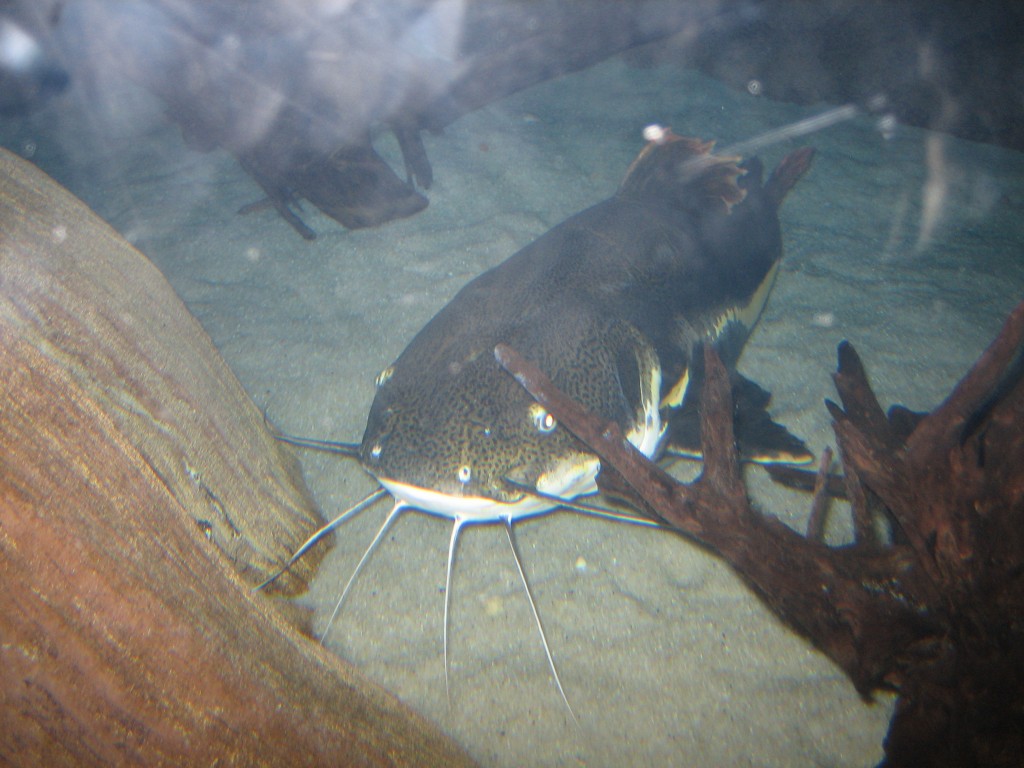
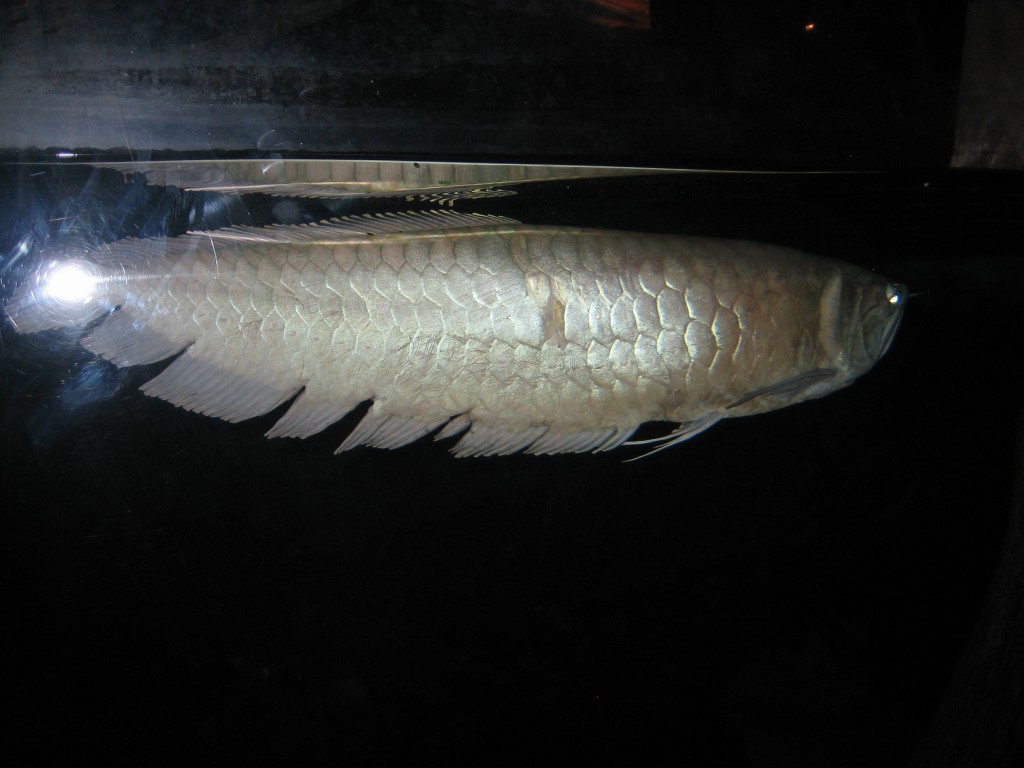

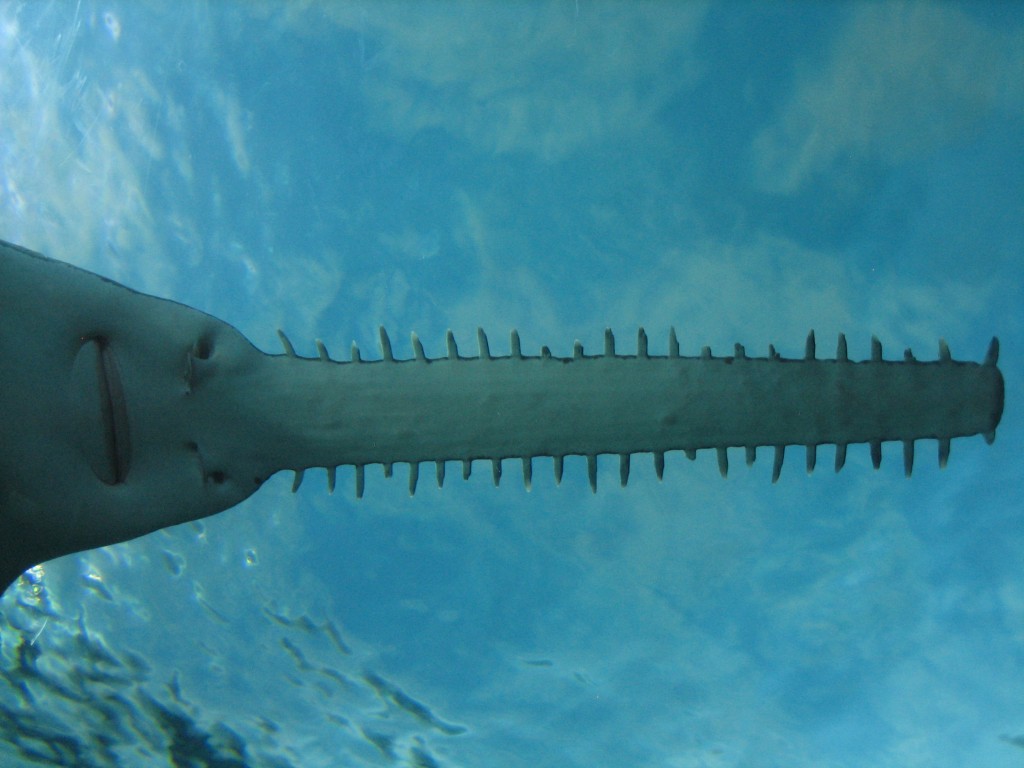
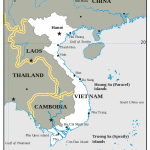 In my last post I reminisced about my first real traveling experience out of the USA – to
In my last post I reminisced about my first real traveling experience out of the USA – to 